
The 2022 theme is “Putting Ourselves to the Test: Achieving Equity to End HIV.”

The 2022 theme is “Putting Ourselves to the Test: Achieving Equity to End HIV.”

Challenges for uptake of long-acting injectable pre-exposure prophylaxis in populations at risk for HIV include fear of needles, potential adverse effects, and concerns about diminished efficacy.

Pharmacy Times will be covering the American Society of Health-System Pharmacists 2022 Midyear Clinical Meeting from December 4 to 8.

An experimental drug could help scientists understand the development of mantle cell lymphoma and potentially increase overall survival.

Comedy has taught me several keys that have helped alleviate and manage burnout.
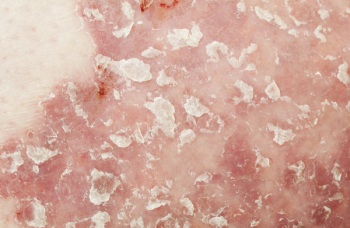
Treatment with immune checkpoint inhibitors have the potential for immune-related adverse events, such as psoriasis.
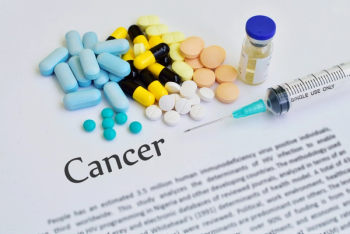
Derazantinib is an investigational oral inhibitor of FGFR1, FGFR2, and FGFR3 in patients with locally advanced or metastatic intrahepatic cholangiocarcinoma.

GSK3036656 demonstrates early bactericidal activity with a low, once-daily oral dose after 14 days of treatment.

Study suggests that high levels of nicotinamide riboside could increase the risk of developing triple-negative breast cancer and may cause the cancer to metastasize to the brain.

The trial data demonstrated that pembrolizumab in combination with chemotherapy also had statistically significant and clinically meaningful improvements in PFS and ORR as well.

Patients with difficult-to-control hypertension have greater risk of heart attack, stroke, end-stage renal disease, and heart failure.

Leveraging pharmacogenomic testing, simultaneous multidrug analysis can help prevent drug interactions affecting pain management.

Although the anticonvulsant is not considered a controlled substance, some state legislation focuses on monitoring the use of or reclassifying it.

CDC makes groundbreaking shift by providing influenza vaccination recommendations for the geriatric population.

The adeno-associated virus vector-based gene therapy is the first gene therapy to be approved by the FDA for hemophilia B.

Decision on payment reductions looks fleeting as ruling also provides HHS with instructions on cost-cutting goals.
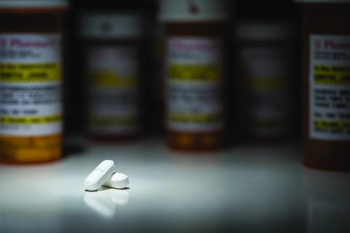
For patients with opioid use disorder, medication-assisted treatment programs are a clinically effective approach.
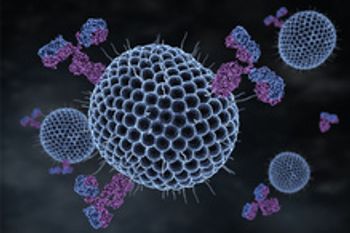
Subgroup analyses suggest that a primary dose of the COVID-19 vaccine does not increase risk of herpes zoster infection, regardless of age, immunocompromised status, and type of vaccine administered.
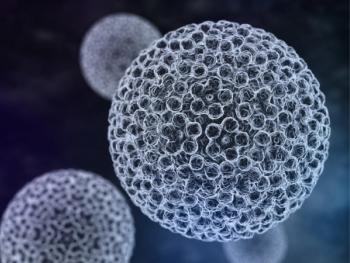
Data from an updated systematic literature review show positive outcomes for both cervical and non-cervical disease in men and women.
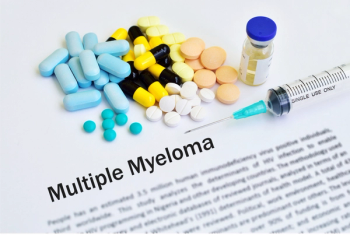
Researchers also noted an increasing rate of seroconversion with COVID-19 booster vaccination series.

Melanie Galvin, PharmD, BCSCP, explains how Northwell Health implemented changes to bring the health system up-to-date with the revisions to USP chapters <797> and <800>.
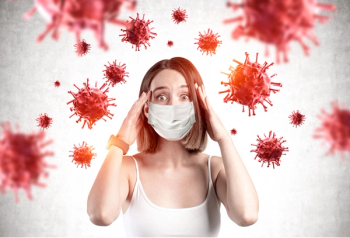
Findings support the potential protective association of vaccination in reducing long COVID, although it does not appear to eliminate the risk.
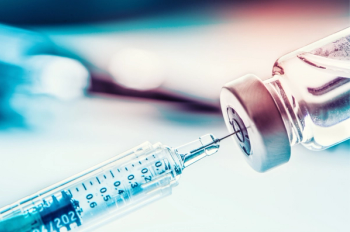
Reemergence of pertussis continues despite high immunization rates.

Approximately 2 years after patients were infected with COVID-19, non-hospitalized patients suffered from post-COVID-19 symptoms nearly 8% more than hospitalized patients.

Pharmacists can coordinate educational programs for patients to normalize quality of life and minimize infusion-related pain.
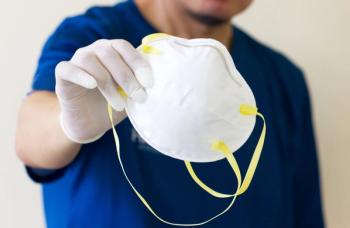
Although long-term health issues from COVID-19 are a major public health concern, evidence on post-acute COVID-19 syndrome, or post-COVID-19, is still limited, specifically among children and adolescents.

Mild preeclampsia and late-developing preeclampsia were not found to increase risk of stroke as much as early-stage.
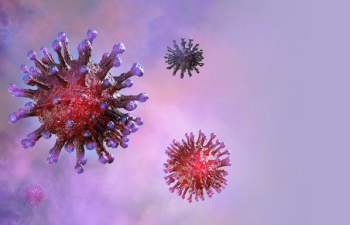
Individuals with COVID-19 reinfections were twice as likely to die and three times more likely to be hospitalized than those who did not have COVID-19 multiple times.

New system combines computational and experimental techniques to map evolutionary cancer lineages in their natural habitat of human tissue.
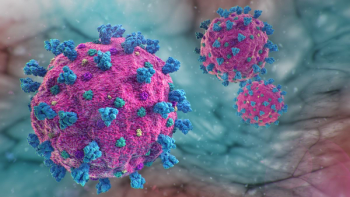
Both of Moderna's bivalent boosters showed neutralizing activity against BQ.1.1, an increasingly dominant emerging variant, confirming that updated vaccines have the potential to offer protection as the virus continues to evolve.